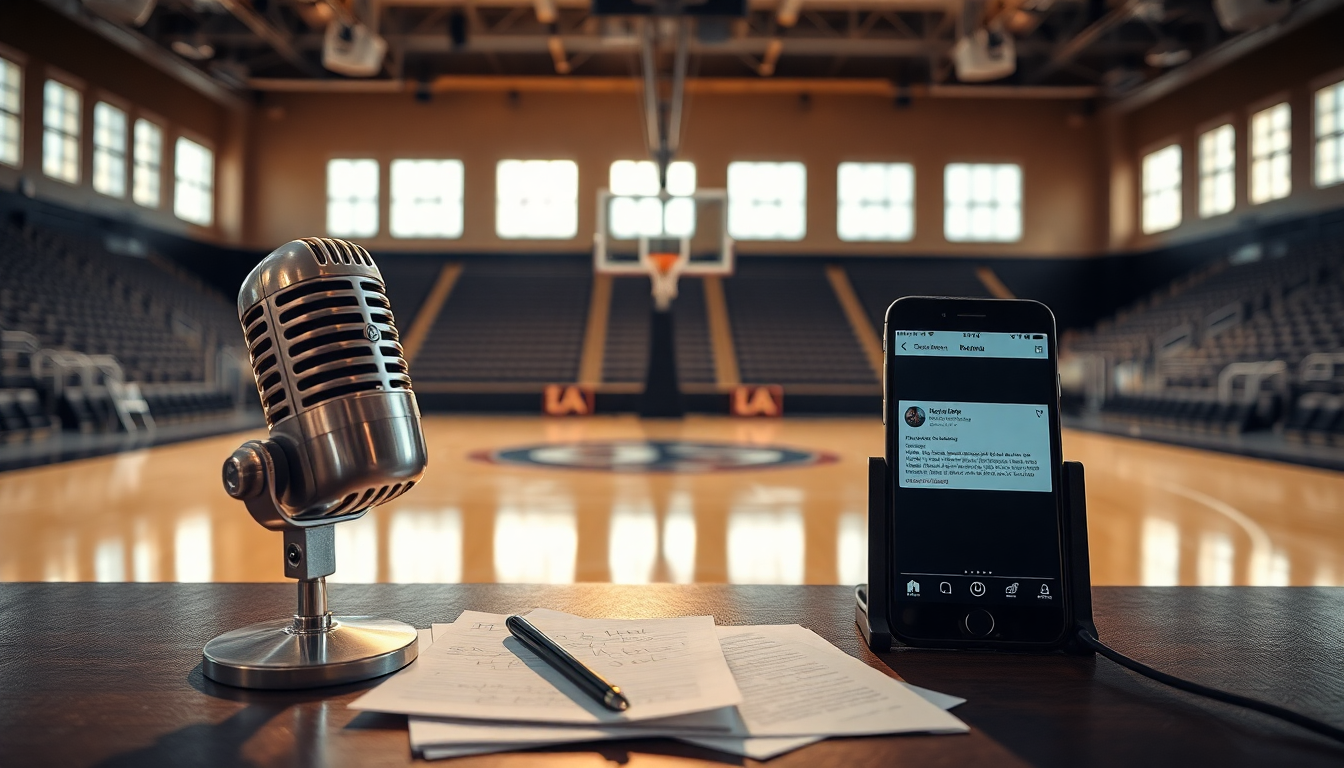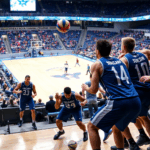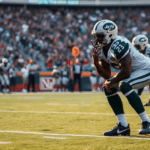Table of Contents
Rachel DeMita’s recent announcement about her departure from the Big3 has set off a flurry of chatter among fans and commentators. In a candid video posted on social media, she shared her surprise and disappointment over how things played out.
This situation not only highlights her personal journey but also serves as an intriguing case study in the world of sports broadcasting and league dynamics. What really happened, and what does it mean for the future of sports commentary?
Details of the Termination
In her video, Rachel DeMita disclosed that she was officially let go from her role at the Big3. The trigger for her termination? Her decision to comment on a WNBA game featuring Caitlin Clark while also broadcasting a Big3 event.
This raised eyebrows, particularly among Big3 officials, who felt her social media posts during the WNBA matchup were inappropriate. In a letter to DeMita, the league expressed that they were ‘dismayed and disappointed’ by her focus on a competitor rather than promoting their own live event.
Caitlin Clark’s standout performance in that WNBA game, where she scored an impressive 32 points, certainly didn’t help matters for DeMita. The Big3’s letter pointed out that her actions seemed to create a conflict of interest, as they expected their broadcasters to prioritize their games.
Furthermore, they claimed that her posts didn’t align with their guidelines, which ultimately led to the decision to terminate her employment. But was it really fair?
Interestingly, DeMita argued that some of her tweets were made after the WNBA games had concluded, and she felt that this shouldn’t have warranted her dismissal.
Her frustration was palpable as she expressed a desire for better communication regarding the issue, suggesting that the lack of dialogue before the termination left her feeling blindsided. Have you ever found yourself in a similar situation where you wished for clearer communication?
Implications for Sports Broadcasting
This incident raises important questions about the fine line between personal expression and professional obligations in sports broadcasting. The Big3’s response reflects a growing trend among sports leagues to maintain strict control over their brand image. DeMita’s experience illustrates how a broadcaster’s engagement with rival leagues can have serious consequences, especially if it’s seen as undermining the league’s interests.
Moreover, we can’t ignore the complexities that social media introduces into sports. With platforms like X (formerly Twitter) allowing for real-time engagement, broadcasters often find themselves juggling personal opinions with professional responsibilities. DeMita acknowledged her mistake and took responsibility, yet her story serves as a powerful reminder of the intense scrutiny that public figures face when navigating these dual roles. How do you think athletes and broadcasters should balance their personal and professional lives in the age of social media?
Looking Ahead
As Rachel DeMita moves on from the Big3, it opens up intriguing discussions about her future in sports broadcasting. She mentioned that she hadn’t signed a contract for the upcoming Big3 season, hinting that her departure might not have been entirely unexpected from a contractual perspective. What’s next for her? Will she venture into other leagues or platforms?
In the grand scheme of things, this incident might lead other broadcasters to reconsider how they engage with competing leagues. As the sports landscape continues to evolve, understanding audience engagement and brand loyalty will become crucial for everyone involved. Rachel DeMita’s experience serves as a vital lesson in the importance of aligning personal brand expression with professional expectations in the competitive world of sports broadcasting. Are you curious to see how this will shape the future of sports commentary?





